Description of the Tula accordion and playing on it
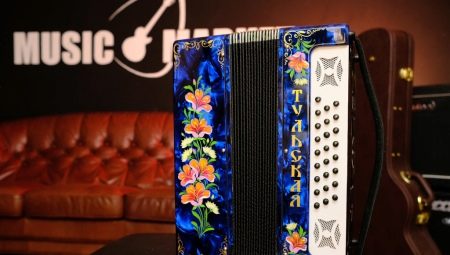
In Russia and in the world as a whole, there are not many factories producing such interesting musical instruments as the accordion. Often accordions are made in a handicraft way by craftsmen, which can be counted on the fingers of one hand. There are very few of them, the masters are not getting younger. Let's talk about the harmonica of the Tula factory - the very first company in Russia that produces accordions and other reed musical instruments.
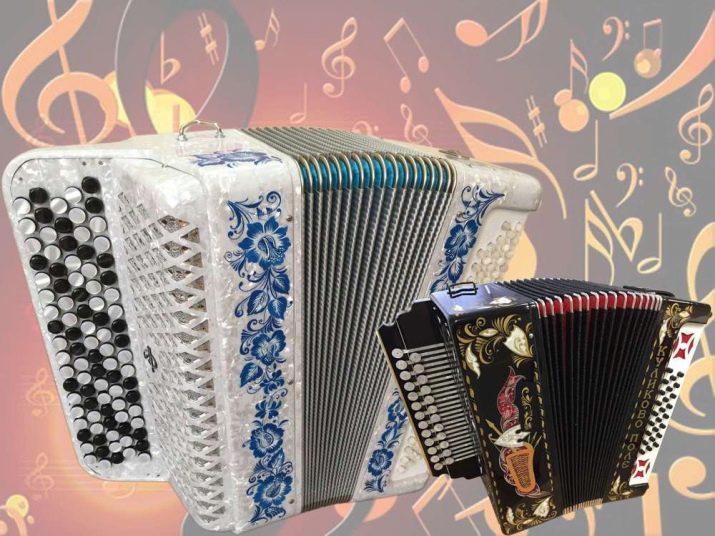
History
When LLC "Tula Garmon" was born, it is not easy to say - the topic is ambiguous. The history of the factory begins at the beginning of the 19th century, when in the city of Tula the Shkunaev brothers made the first primitive harmonica in Russia by handicraft method. Behind them, the Tula gunsmith Timofey Vorontsov begins making the simplest harmonics. In 1830, Ivan Sizov opens his own production at his modest capacities, based on the model he brought from the Nizhny Novgorod fair.
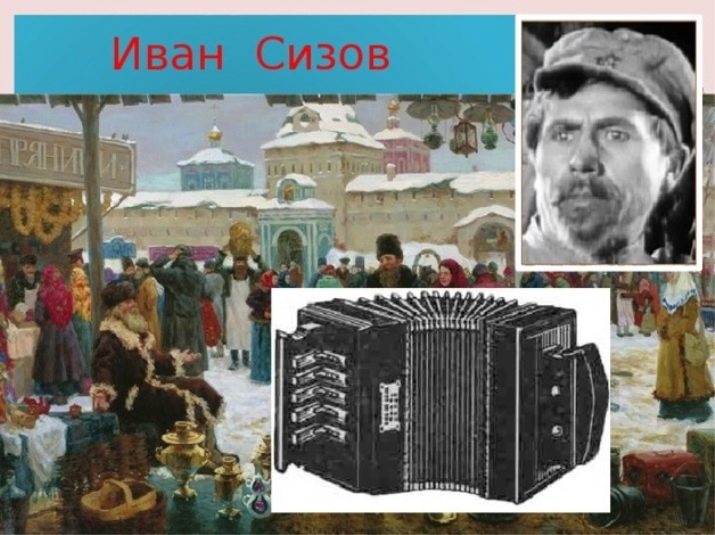
In Tula, the factory of the Kiselev brothers was widely known, producing Viennese harmonica. In 1900, at the international exhibition in Paris, the harmonics were noted and received awards. A little later, the factory began to produce three-row chromatic accordions, which are closer in their structure to modern chromatic harmonies.
In general, Russian harmonics differed in their system - there was no chromatic scale.
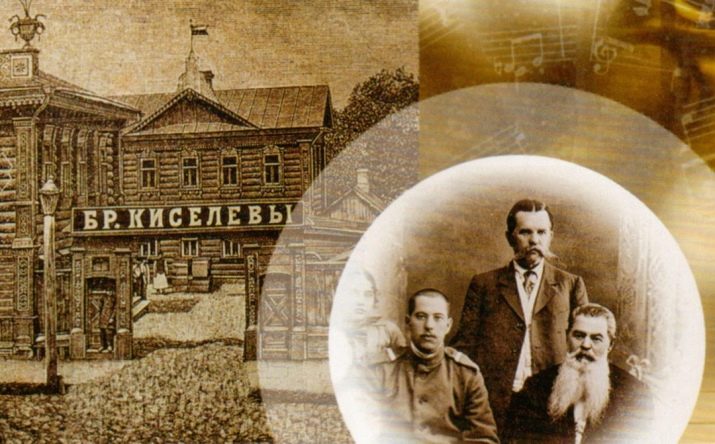
Many musical compositions cannot be played without the chromatic structure, therefore, on the way to its implementation, other interesting technical solutions were discovered, including patented ones. For example, Gennady Chulkov, at a family business, invented a bass system for a two-row Viennese harmonica.
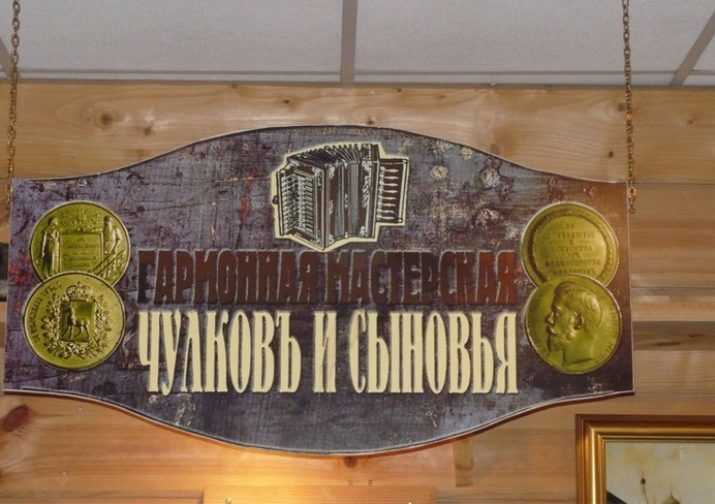
One of these breakthroughs was the accordion, created by the local bourgeoisie N.I.Beloborodov and L.A.Chulkov, a well-known master in Tula based on sketches by N.I.Beloborodov, assembled a two-row chromatic accordion with a piano-type keyboard and rich decoration. Unusual, even for our time, the instrument was made of cypress, decorated with ivory, brass and mother-of-pearl.
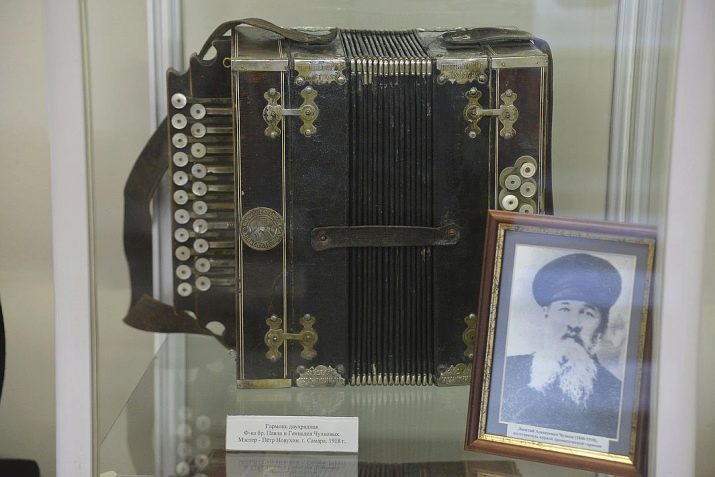
In the USSR, the first Tula artel in 1922 was organized by the master A.P. Pastukhov. Before creating his own artel, Pastukhov worked at the factory of the Kiselev brothers. Pastukhov was engaged in the manufacture of three-row accordions and made the best orchestral button accordions.
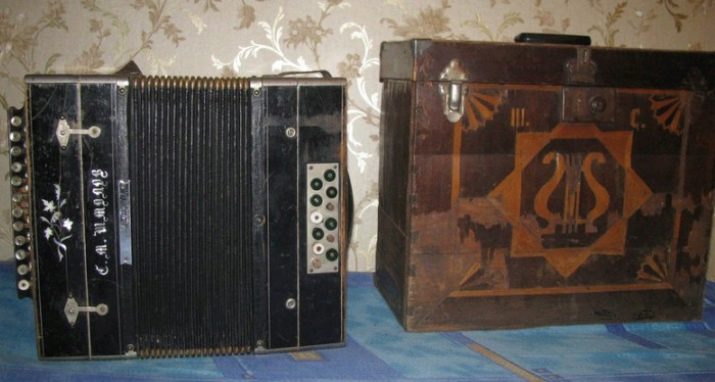
Factory production of accordions begins in the late 20s and early 30s, when it became clear that home production was inappropriate. 6,000 people were employed at this plant. Over the years, production has expanded, and the range of produced harmonics has also increased. During the war years, the factory stopped its activities, but in 1943, work was resumed at it at the numerous requests of the front-line soldiers. In the same year, it was decided to create a vocational school on the basis of an artel.
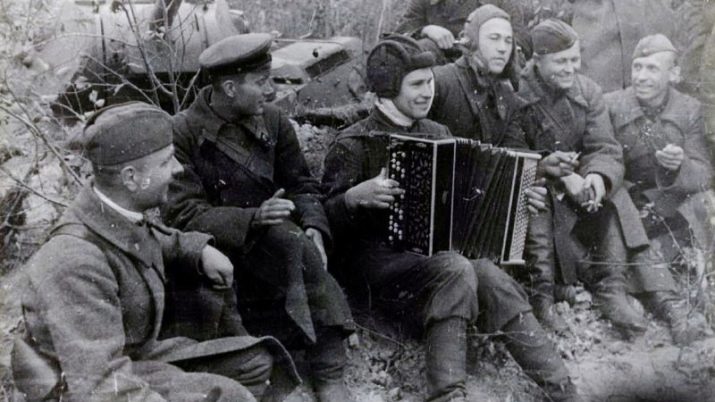
In the history of "Tula Harmony" there are a lot of awards and titles. But the main thing is the recognition of the musicians and the people's love. The accordions and button accordions are played not only by amateurs, but also by renowned world performers and musical groups. Nowadays, the quality of the musical instruments of the Tula factory is also highly valued.

Model overview
In order to get acquainted with the entire assortment of musical instruments, you will need to look through the whole catalog. The choice of accordions is wide - for example, the accordion "Tulskaya 301M", "Kulikovo Pole", "Custom" and even "Talyanka".
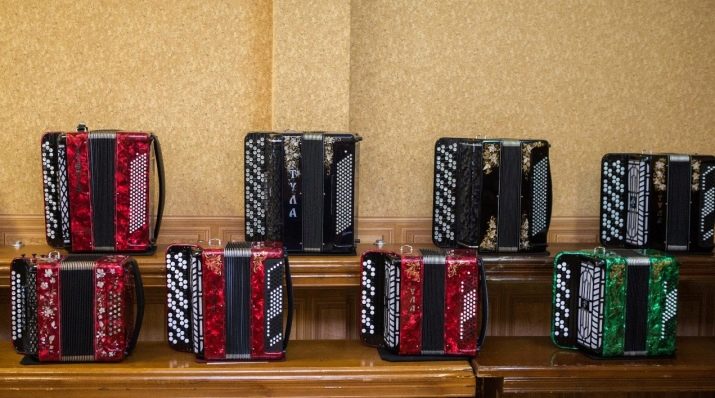
The factory also takes on individual orders, where all possible wishes of the customer are taken into account.
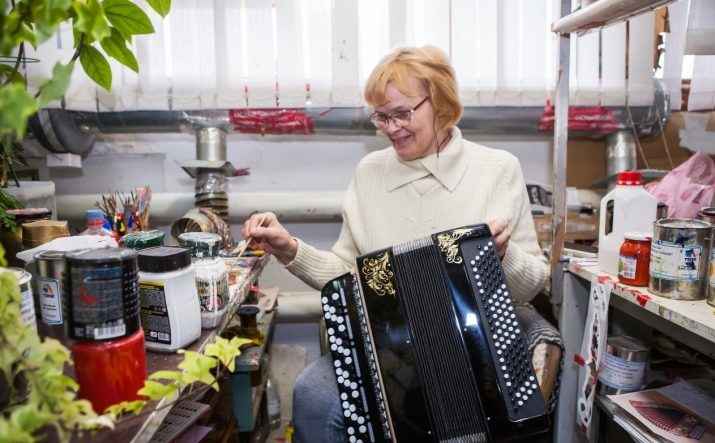
Let's get to know them better.
Harmony "Krokha" is a souvenir and the smallest of the entire assortment. One-voice single-row chromatic, weighing just over 1 kilogram, with an incomplete set of keys. These are not played, but you can give them, this is a souvenir gift.
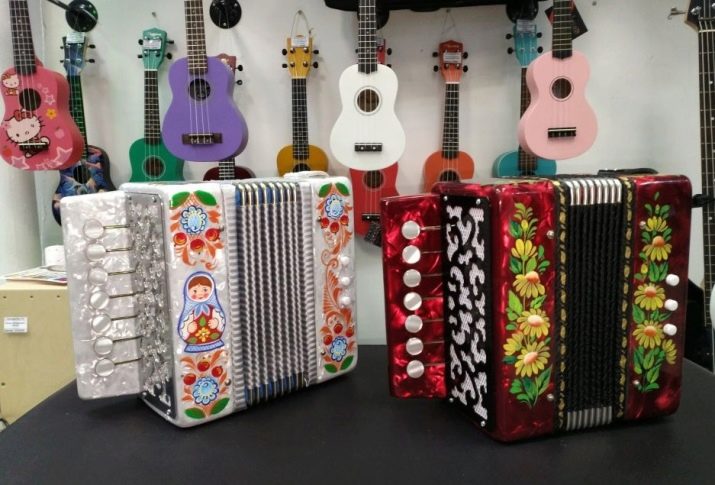
Collect nowadays and children's monophonic accordions - "Fairy Tale". Despite the stereotyped ideas about the build quality, the instrument is traditionally well assembled and high quality painted. The main advantages and distinctive features of the keyboard are the 23/12 keyboard, the small size of the case and the weight, which allows children to operate the instrument without unnecessary difficulties. There are different colors available: red, green, blue and brown. An excellent choice for a beginner little accordion player.
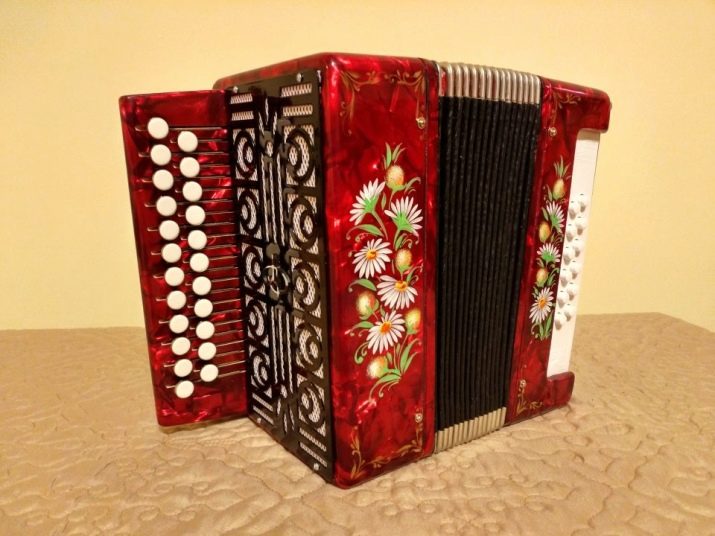
The next harmonic in the review is "Tulskaya 301M". A full-fledged three-part amateur accordion with a 25/25 keyset, usually produced in the key of C and C major. Loud, with a charming juicy sound and well-oiled mechanics. Very high-quality assembly and painting will not leave an experienced accordion player indifferent, the model will be a great choice for concert performances. It is a robust tool with several color options - green, red, black, blue.
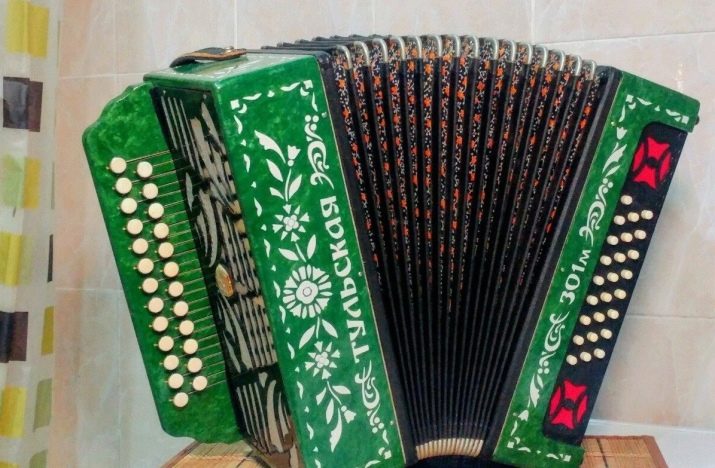
The two-row three-part accordion "Kulikovo Pole" represents the next "level" of the instrument in the range and is more expensive. It differs from its predecessor in design, and most importantly - in the material for making the levers. Unlike the Tulskaya 301M accordion with iron levers (the buttons themselves are installed on them), the Kulikovo Pole model has wooden levers. This can make its own adjustments in the choice of tool. The design options differ only in color - red, green, blue, the priority color solution is black.
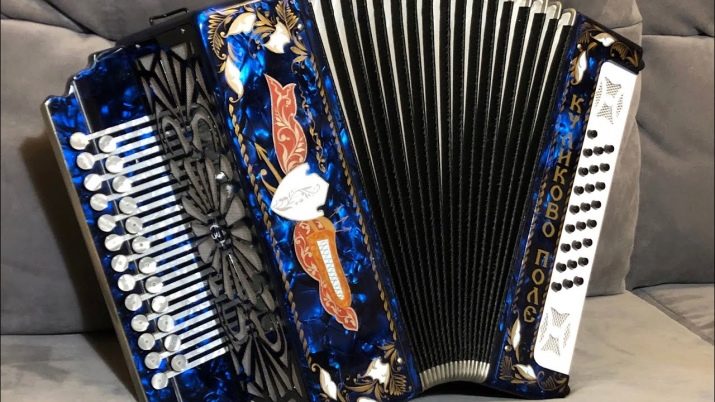
"Customized" The four-part accordion differs from the budget harmonicas by its rich, rich sound. The price will vary depending on the following conditions:
- number of keys - 25/25 or 27/25;
- type of tongue strip - solid and lumpy;
- the presence and number of registers;
- color performance.
"Custom" - a whole class of harmonics. There are multi-timbral accordions, with regular and chin registers, with different types of bars.All options should be specified when ordering an accordion at the factory.
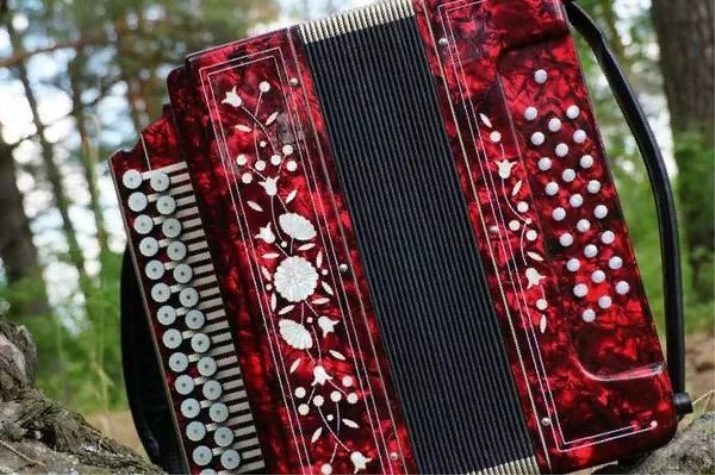
The price of each instrument is individual and depends on many parameters:
- various tool options;
- levers material;
- type of belts;
- color (white accordions are much more expensive).
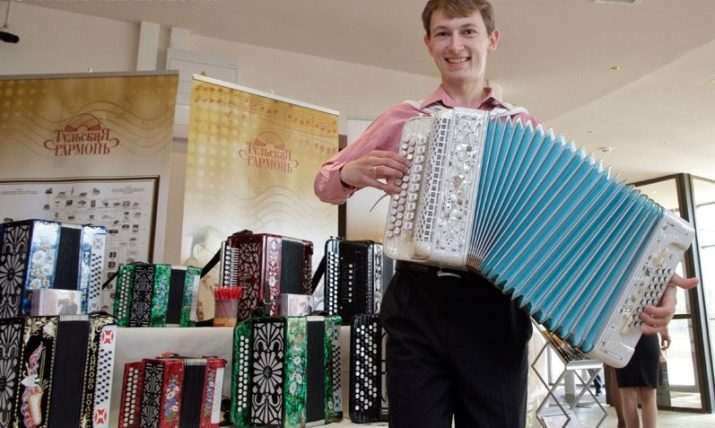
Operating tips
The accordion is a highly precise and rather fragile instrument. The product does not tolerate high temperatures, for example, when playing around a fire or when storage near heating batteries is allowed. The accordion strips are attached to wax or thermoplastic, so they can melt and deform, the wood is also temperature dependent.
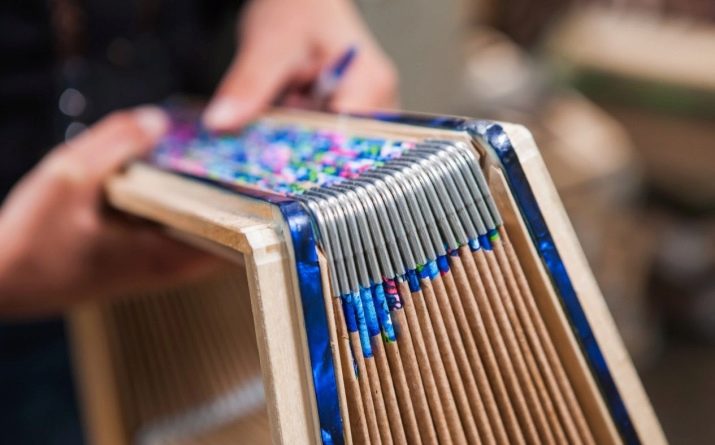
Humidity is the main enemy of accordion. Vibrations and shocks also do not contribute to long and carefree operation - the mechanics can deteriorate and get lost. The tool should be stored on its side, on special plastic stands - this is the only way to prevent deformation of the mechanics, keep the fur intact and compression inside.
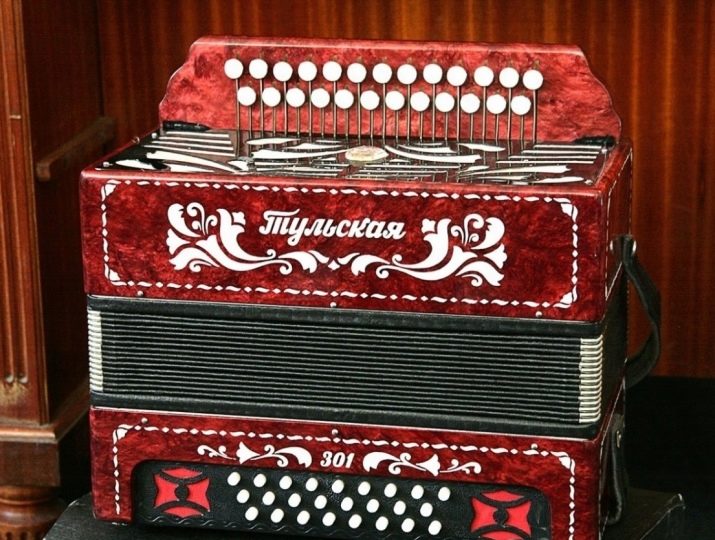
Operation also depends on the material of the key levers. Iron levers work great in all conditions. Wooden keys provide easy play of the keys, but due to excess moisture (for example, on the street) they can start to wedge. This is important to consider if your plans include playing music on the street.
Harmonica furs should be protected. They are responsible for the compression inside the instrument.
Careful storage of the product on its side and regular cleaning of fur folds are the key to long-term operation.
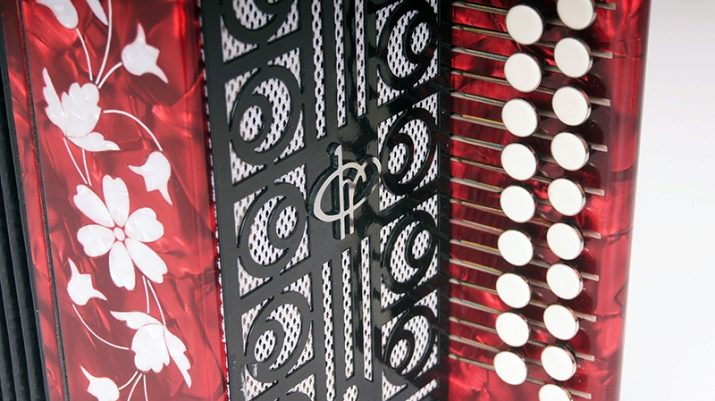
If all the above recommendations are followed, the technical characteristics will be perfectly preserved. This will allow you to play your favorite melodies in the appropriate conditions for the instrument for many years, without overshadowing everyday life and holidays with self-repair or searching for a master.
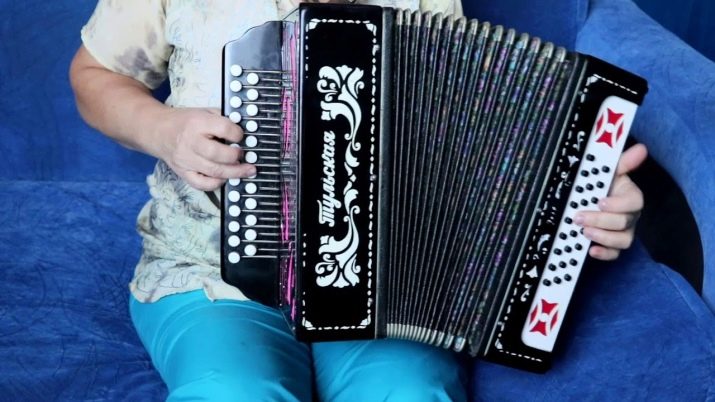
You can hear the sound of the Tula accordion in the next video.








